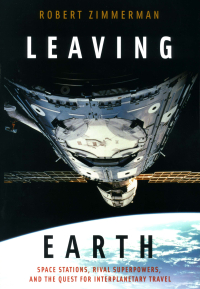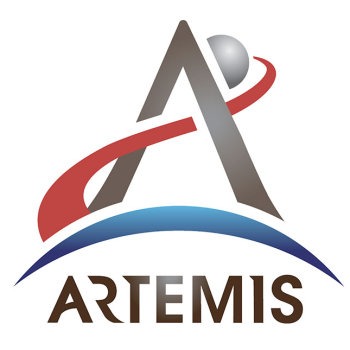Duffy touts nuclear power for lunar base

Sean Duffy, transportation secretary and interim
NASA administrator
NASA’s interim administrator Sean Duffy yesterday issued a directive touting the need to develop nuclear power for NASA’s planned lunar base. His comments during a press conference yesterday underlined his position.
Listen, this is not a new concept. This has been discussed under Trump One, under Biden, but we are in a race, we’re in a race to the Moon, in a race with China to the Moon. And to have a base on the Moon, we need energy. And some of the key locations on the Moon, we’re going to get solar power. But this fission technology is critically important, and so we’ve spent hundreds of millions of dollars studying can we do it? We are now going to move beyond studying and we are going, we have given direction to go. Let’s start to deploy our technology, to move, to actually make this a reality.
And I think the stat we have is 100 kilowatt output. That’s the same amount of energy a 2,000 square foot home uses every three-and-a-half days. So we’re not talking about massive technology. We’re not launching this live, that’s obviously, if you have any questions about that, no, we’re not launching it live [activated].
This is all blather designed to push Artemis and SLS and Orion. Duffy also once again touted the next Artemis mission, Artemis-2, that will use SLS and Orion to send astronauts around the Moon in April 2026, acting as if he had no idea about the mission’s known technical risks. He also insisted the lunar landing would follow soon thereafter.
More and more it appears to me that Trump dumped Jared Isaacman because it was almost certain Isaacman — with his own personal experience as an astronaut — would have likely refused to permit astronauts to fly on Artemis-2 because of Orion’s heat shield issues as well as its untested environmental systems. Duffy meanwhile is acting as a company man, pushing the program hard while ignoring the real risks. It appears Trump wants that manned lunar landing before he leaves office, and will brook no hesitation from anyone.
Welcome to Challenger and Columbia, all over again. Politics and scheduling has become paramount, while engineering takes a back seat.

Sean Duffy, transportation secretary and interim
NASA administrator
NASA’s interim administrator Sean Duffy yesterday issued a directive touting the need to develop nuclear power for NASA’s planned lunar base. His comments during a press conference yesterday underlined his position.
Listen, this is not a new concept. This has been discussed under Trump One, under Biden, but we are in a race, we’re in a race to the Moon, in a race with China to the Moon. And to have a base on the Moon, we need energy. And some of the key locations on the Moon, we’re going to get solar power. But this fission technology is critically important, and so we’ve spent hundreds of millions of dollars studying can we do it? We are now going to move beyond studying and we are going, we have given direction to go. Let’s start to deploy our technology, to move, to actually make this a reality.
And I think the stat we have is 100 kilowatt output. That’s the same amount of energy a 2,000 square foot home uses every three-and-a-half days. So we’re not talking about massive technology. We’re not launching this live, that’s obviously, if you have any questions about that, no, we’re not launching it live [activated].
This is all blather designed to push Artemis and SLS and Orion. Duffy also once again touted the next Artemis mission, Artemis-2, that will use SLS and Orion to send astronauts around the Moon in April 2026, acting as if he had no idea about the mission’s known technical risks. He also insisted the lunar landing would follow soon thereafter.
More and more it appears to me that Trump dumped Jared Isaacman because it was almost certain Isaacman — with his own personal experience as an astronaut — would have likely refused to permit astronauts to fly on Artemis-2 because of Orion’s heat shield issues as well as its untested environmental systems. Duffy meanwhile is acting as a company man, pushing the program hard while ignoring the real risks. It appears Trump wants that manned lunar landing before he leaves office, and will brook no hesitation from anyone.
Welcome to Challenger and Columbia, all over again. Politics and scheduling has become paramount, while engineering takes a back seat.





